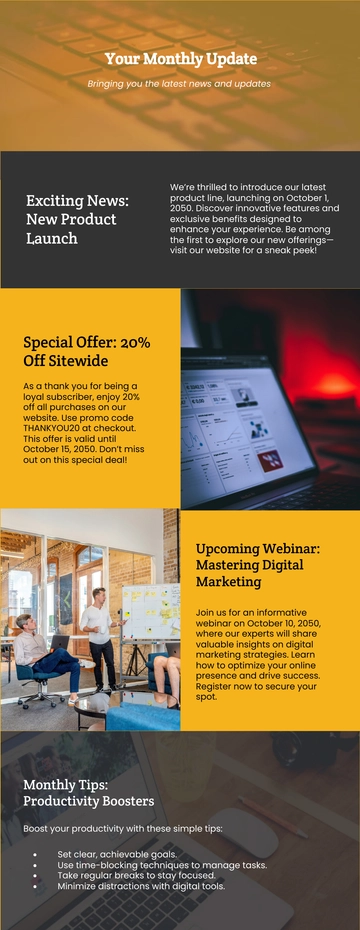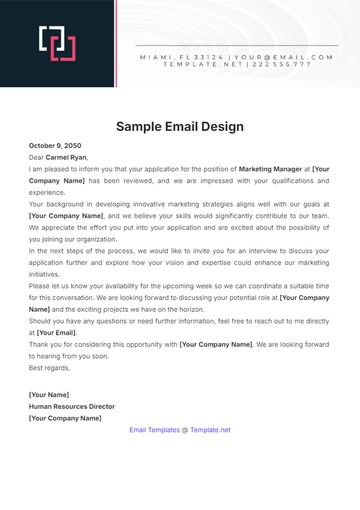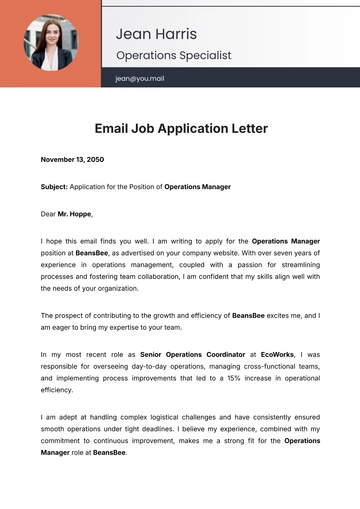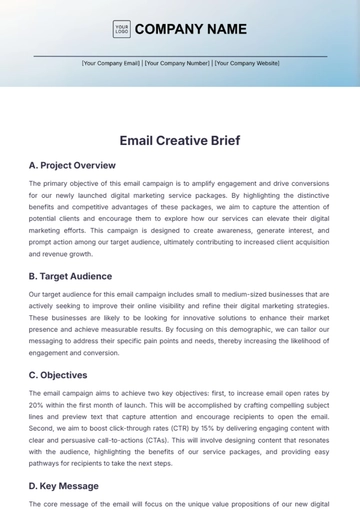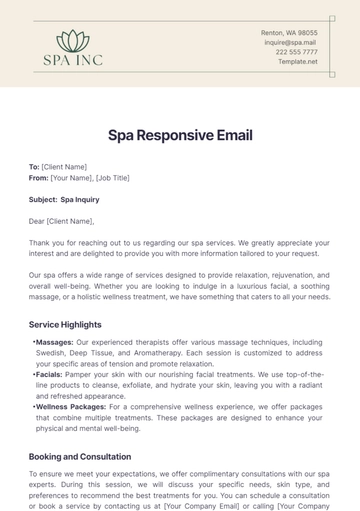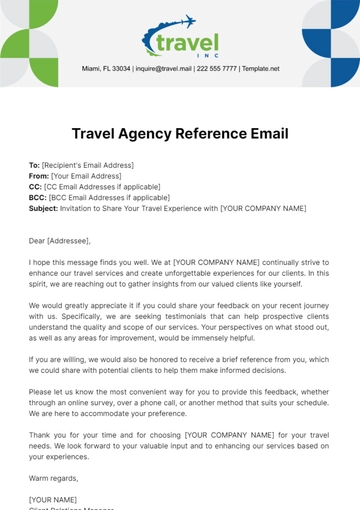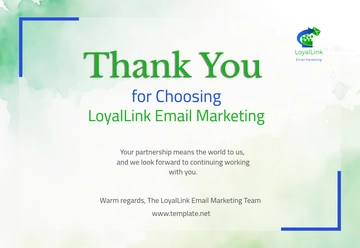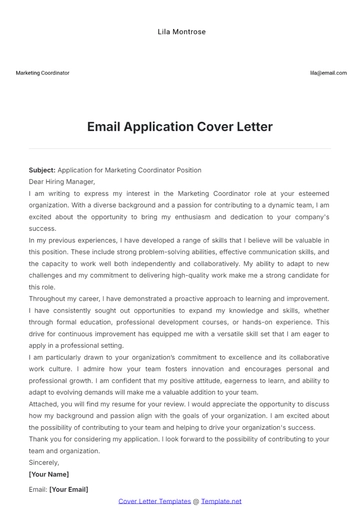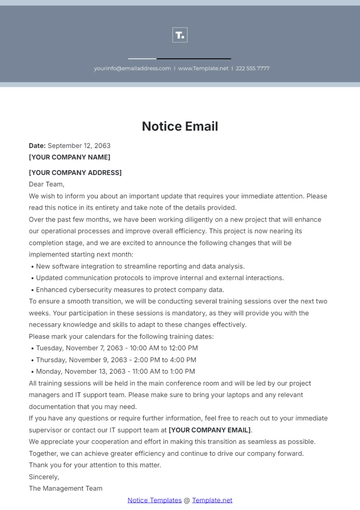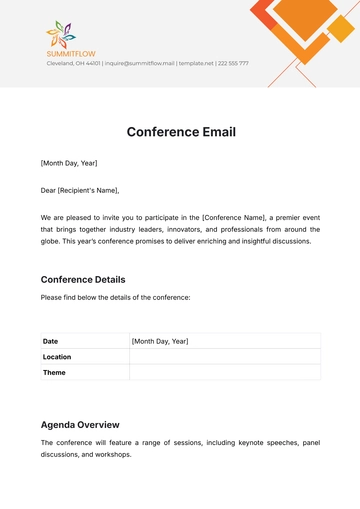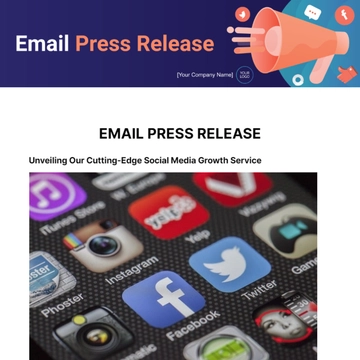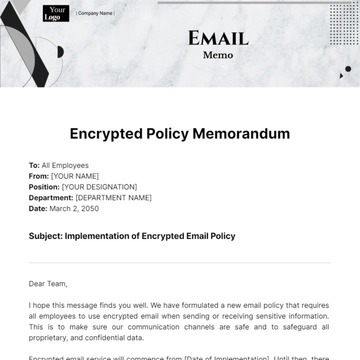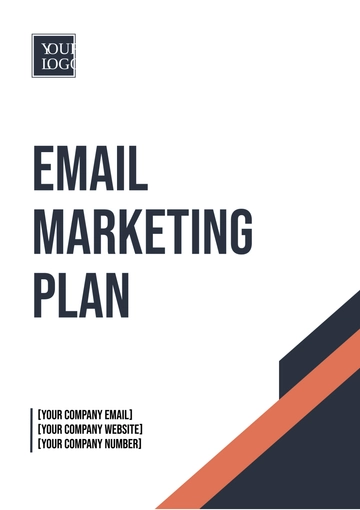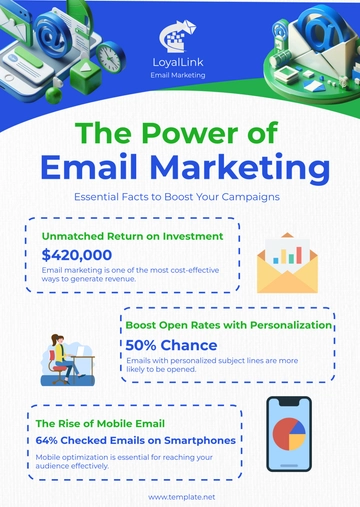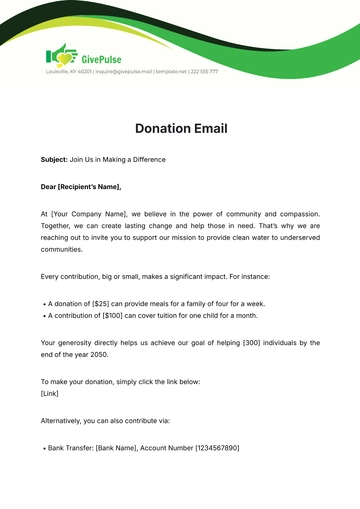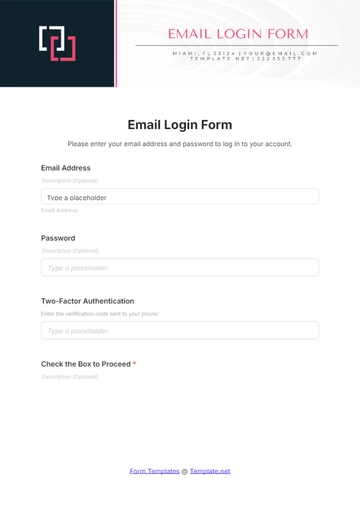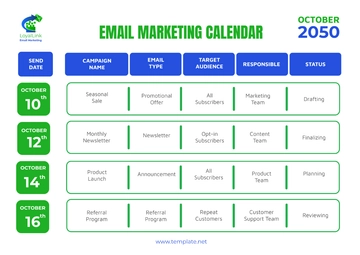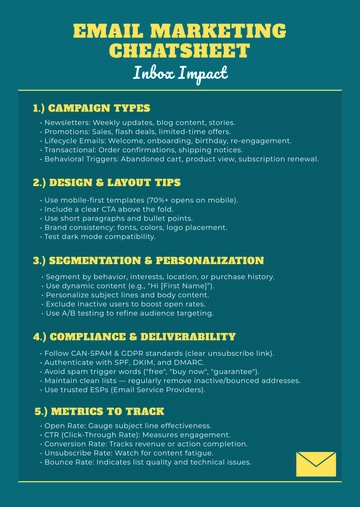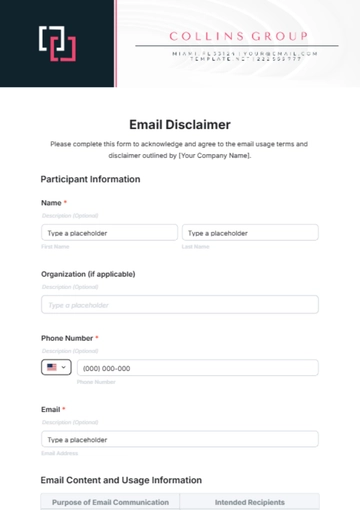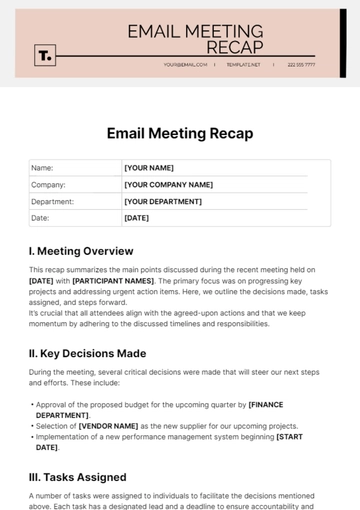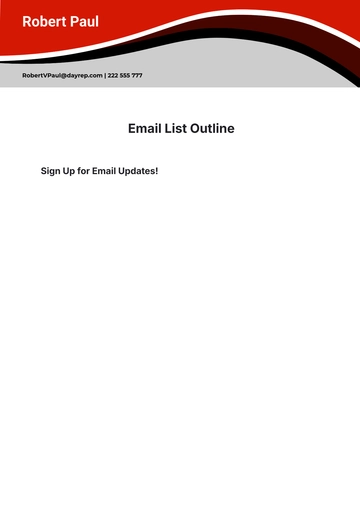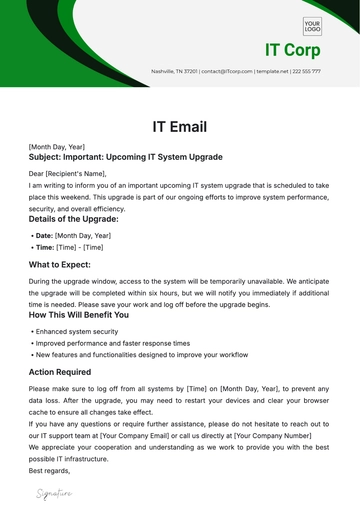Free Email Marketing Team Management
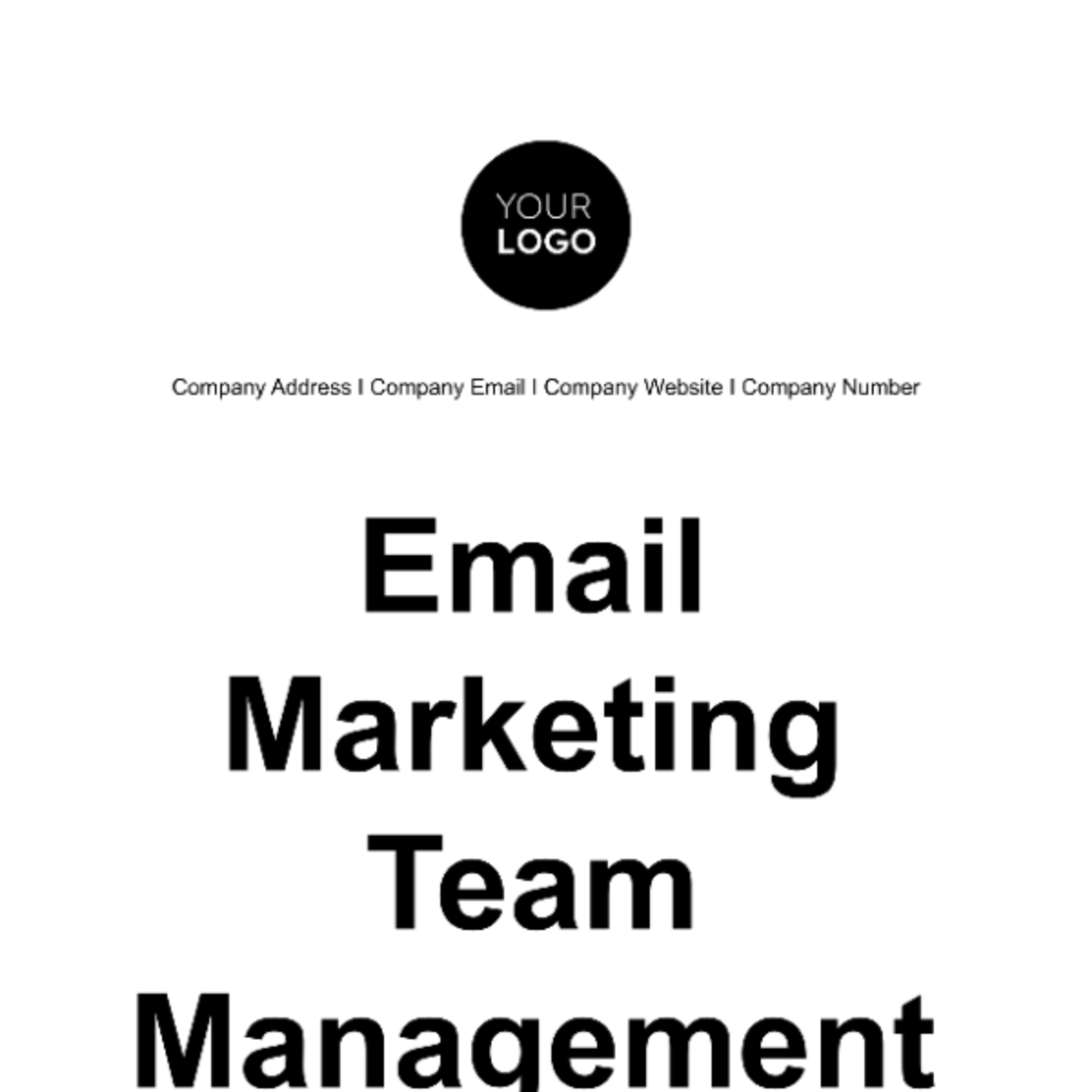
I. Team Structure and Roles
In the realm of email marketing, the road to success is intricately paved with a well-structured and harmonious team. The orchestration of compelling email campaigns necessitates a meticulous delineation of roles and responsibilities, ensuring that the gears of your email marketing machine turn seamlessly. As we delve into this critical aspect of email marketing, we will bolster our insights with statistical data, case studies, research findings, and undeniable facts to underscore the importance of a finely-tuned team.
A. Role Definitions:
At the heart of an effective email marketing team are distinct roles, each with its own set of responsibilities. The Email Marketing Manager is entrusted with the task of overseeing the entire email marketing strategy. Their role extends to setting strategic goals and ensuring that the email marketing initiatives align harmoniously with the broader marketing objectives. The significance of this role cannot be overstated, considering that the Email Marketing Manager wields the power to steer the ship toward success.
The Email Campaign Specialist, another pivotal player, shoulders the responsibility of bringing the email campaigns to life. This role encompasses everything from the creation of email content to rigorous testing and, ultimately, the launch of campaigns that captivate recipients. The precision and creativity of the Email Campaign Specialist are instrumental in crafting emails that not only reach inboxes but also engage and convert readers.
A Content Creator’s art lies in composing content that is not only persuasive but also relevant, aligning with the recipient's interests and the overarching campaign strategy.
Designers are tasked with fashioning visually appealing email templates and graphics. In a world where first impressions matter, the Designer's craft plays a pivotal role in catching the recipient's eye and maintaining their attention.
The Data Analyst, often working behind the scenes, holds a key role in deciphering the mysteries of campaign performance. They meticulously monitor and analyze data, transforming raw numbers into actionable insights. This data-driven approach ensures that the team can adapt and optimize campaigns in real-time, a practice that is indispensable in the fast-paced world of email marketing.
B. Reporting Structure:
Within this well-structured team, reporting lines are clearly defined to ensure accountability and effective communication. The Email Marketing Manager, the captain of the ship, reports directly to the Marketing Director. This hierarchical structure allows for strategic alignment with the broader marketing objectives, ensuring that the email marketing efforts are synchronized with the organization's goals.
Campaign Specialists, Content Creators, Designers, and Data Analysts fall under the purview of the Email Marketing Manager. This hierarchical arrangement facilitates efficient communication and decision-making, streamlining the workflow as the team collectively steers toward success.
C. Collaboration and Functions:
In the modern digital workspace, collaboration is fortified by the use of cutting-edge tools and technologies. Project management software, collaborative platforms, and communication tools play an integral role in fostering teamwork and ensuring that the email marketing team operates in a synchronized fashion.
Regular team meetings serve as the glue that binds the team together. These meetings provide a forum for sharing insights, discussing ongoing campaigns, and addressing challenges. This collaborative approach ensures that everyone is informed, aligned, and equipped to contribute effectively to the success of email marketing initiatives.
As we journey through this exploration of team structure and roles, we will delve deeper into the rationale behind these configurations, drawing from statistical data, case studies, research findings, and undeniable facts. By the time we conclude, you will possess a comprehensive understanding of the pivotal role played by a well-structured team in the orchestration of successful email marketing campaigns.
II. Campaign Planning and Strategy
Campaign planning and strategy stand as the bedrock upon which successful email marketing campaigns are built. In this section, we will delve into the essential elements of creating winning email marketing campaigns, offering practical guidance and insights to empower your team.
Email Marketing Trends Over Time
Year | Key Milestones and Emerging Trends |
2000s |
|
2010s |
|
2020s |
|
Future |
|
A. Campaign Planning Process:
The journey to a successful email marketing campaign commences with a meticulously crafted plan. Clear, strategic planning is the compass that will guide your team through the complex landscape of email marketing. To embark on this journey, it is crucial to set clear goals and objectives for each campaign. This provides a north star to navigate by, ensuring that every action taken is purposeful and aligned with the campaign's intended outcomes.
Segmentation is another pivotal component of your planning process. By segmenting your audience based on demographics, behavior, or other criteria, you can tailor your messages to resonate with specific groups, driving higher engagement and conversions. The saying "one size fits all" has no place in email marketing's strategic playbook.
To keep your campaigns on track and ensure a cohesive and organized approach, the development of a content calendar is indispensable. This calendar serves as your roadmap, enabling you to schedule campaigns in advance and allocate resources effectively. It also guards against the last-minute rush and hasty decisions that can undermine the effectiveness of your campaigns.
B. Setting Goals and Objectives:
The foundational pillars of your campaign plan are the goals and objectives you set. These are not mere aspirations but concrete milestones that guide your team towards success. Goals should adhere to the SMART criteria – they should be Specific, Measurable, Achievable, Relevant, and Time-bound.
Your objectives might span various facets of email marketing, including increasing open rates, click-through rates, or conversions. Each objective should be tailored to the specific campaign and contribute to the overarching marketing strategy. They are the compass points that help you navigate the path to success and gauge your progress along the way.
C. Tools and Methodologies:
Arming your team with the right tools and methodologies is paramount. Email marketing software stands as a cornerstone, providing the means for campaign creation and automation. These tools streamline the process, from crafting email content to tracking campaign performance, allowing your team to operate efficiently and effectively.
In the quest for optimization, A/B testing emerges as a potent ally. It enables you to refine and fine-tune your campaigns by testing different elements such as subject lines, content, and design. The data-driven insights gleaned from A/B testing empower your team to make informed decisions that elevate the effectiveness of your campaigns.
As we traverse this exploration of campaign planning and strategy, you will gain a comprehensive understanding of how these foundational elements coalesce to create the blueprint for successful email marketing campaigns. Drawing from practical insights and best practices, you will be equipped to guide your team in the strategic planning and execution of campaigns that resonate with your audience and deliver tangible results.
III. Workflow and Process Management
In the realm of email marketing, the journey from idea to execution is guided by efficient workflows and well-structured processes. This section is dedicated to elucidating the pivotal role that workflow and process management play in achieving consistency, productivity, and success within your email marketing team. We will delve into the practical strategies and tools that empower your team to navigate this intricate terrain with precision.
A. Campaign Workflow:
The foundation of a well-executed email marketing campaign lies in a clearly defined workflow. To embark on this journey, it is essential to create a visual campaign workflow that outlines each step from ideation to execution. This visual roadmap serves as a guiding light, ensuring that no crucial steps are omitted and that the campaign progresses systematically.
Integral to this workflow is the establishment of approval processes. These processes serve as quality control mechanisms, ensuring that each element of the campaign, from content to design, aligns with the established standards and goals. By setting these processes in stone, your team can maintain the integrity of the campaign and reduce the likelihood of errors.
B. Process Management:
Efficiency and productivity are underpinned by robust process management. To navigate the complex landscape of email marketing, consider utilizing project management tools like Asana or Trello. These tools provide a centralized platform for tracking tasks and deadlines, enabling your team to stay organized and accountable.
Furthermore, the establishment of clear communication channels is paramount. Feedback and updates should flow seamlessly, fostering collaboration and ensuring that everyone remains on the same page. Effective communication is the glue that holds the workflow together, preventing bottlenecks and misunderstandings.
C. Project Management Tools:
In the digital age, streamlining workflow and process management has become more accessible than ever. Many email marketing platforms offer built-in project management features. These integrated tools provide a one-stop solution for collaboration, task assignments, and progress monitoring.
By leveraging these tools, your team can seamlessly transition from campaign planning to execution. Tasks can be assigned, deadlines can be tracked, and progress can be monitored all within the same platform, eliminating the need for juggling multiple applications.
As we traverse the intricate landscape of workflow and process management, you will gain a comprehensive understanding of how these elements serve as the backbone of a productive and consistent email marketing team. By embracing these strategies and tools, your team will be well-equipped to navigate the complexities of email marketing campaigns with precision and finesse.
IV. Data Analytics and Performance Tracking
In the dynamic landscape of email marketing, data reigns supreme. The ability to harness data-driven insights is pivotal to optimizing your email marketing efforts and achieving sustained success. This section is dedicated to illuminating the crucial role of data analytics and performance tracking in the email marketing domain. We will explore practical strategies and key metrics that empower your team to make informed decisions and continuously refine your email marketing strategies.
A. Data Utilization:
Effective data utilization begins with the utilization of specialized email marketing software. These tools are not just a means of sending emails; they are a treasure trove of valuable data. Your team should harness these capabilities to collect and analyze data meticulously. This data encompasses critical metrics such as open rates, click-through rates, conversion rates, and unsubscribe rates.
By monitoring these metrics, you gain real-time insights into the performance of your email campaigns. They serve as the compass that guides your team toward understanding how recipients are engaging with your content. The significance of these metrics cannot be overstated, as they form the foundation upon which data-driven decisions are made.
B. Key Metrics:
Key metrics are the lighthouses that illuminate the path to campaign success and reveal areas that require improvement. Open rates indicate the effectiveness of your subject lines and the initial allure of your emails. Click-through rates are the signposts directing you to content that resonates with your audience. Conversion rates are the ultimate destination, showcasing the effectiveness of your calls to action. Unsubscribe rates, while unwelcome, provide crucial feedback about the relevance and engagement of your content.
Utilizing these key metrics, you can embark on the journey of audience segmentation. This process involves categorizing your email recipients based on their behavior, preferences, and engagement levels. Armed with this segmented data, your team can tailor campaigns to resonate with specific groups, delivering highly personalized and relevant content.
C. Data-Driven Optimization:
Data-driven decision-making extends beyond monitoring metrics; it encompasses the continuous optimization of your email marketing strategies. Regularly analyze campaign data to identify trends and adjust strategies accordingly. By identifying patterns in recipient behavior, you can adapt and evolve your campaigns to stay relevant and engaging.
Implementing split testing is another invaluable tool in the data-driven optimization arsenal. By conducting controlled experiments on elements such as subject lines, content, and calls to action, you can refine and fine-tune your campaigns based on empirical evidence. This iterative approach ensures that your email marketing strategies are not static but constantly evolving to meet the dynamic demands of your audience.
As we navigate the landscape of data analytics and performance tracking, you will gain a comprehensive understanding of how data-driven insights are fundamental to optimizing email marketing efforts. By embracing these strategies and metrics, your team will be well-equipped to make informed decisions, refine campaigns, and steer your email marketing endeavors toward sustained success.
V. Team Training and Development
In the dynamic and ever-evolving field of email marketing, the pursuit of excellence is a journey, not a destination. This section is dedicated to illuminating the paramount importance of ongoing team training and skill development in staying competitive and thriving. As we delve into this vital aspect of email marketing, we will explore actionable strategies and insights that empower your team to remain at the forefront of the industry.
A. Training Strategies:
The journey to mastery commences with a strategic approach to training. Your team's arsenal should include in-house training sessions and access to online courses that cater to various facets of email marketing. These resources serve as the foundation upon which your team can build their knowledge and skills.
Furthermore, consider encouraging team members to pursue email marketing certifications. These certifications not only validate their expertise but also provide structured learning paths that cover the latest trends, best practices, and compliance guidelines. Certification programs offer a structured and comprehensive approach to skill development, ensuring that your team remains well-versed in the latest advancements.
B. Continuous Learning:
In the rapidly evolving landscape of email marketing, staying static is synonymous with falling behind. To remain competitive, team members should engage in continuous learning. This entails staying updated with the latest email marketing trends, techniques, and technologies. The pursuit of knowledge is a journey without an endpoint.
One effective strategy is attending industry conferences and webinars. These events provide a platform for gaining new insights, networking with industry experts, and staying attuned to emerging trends. By actively participating in these forums, your team can broaden their horizons and bring fresh perspectives and ideas to the table.
C. Staying Informed:
A culture of continuous learning is cultivated by staying informed. Regularly share industry news and best practices within the team, fostering a collaborative environment where knowledge exchange is encouraged. These discussions can spark innovation and inspire new approaches to email marketing campaigns.
Investing in resources like subscriptions to marketing journals and email marketing software updates is a strategic move. These resources provide access to the latest research, case studies, and software advancements. By staying on top of these developments, your team can adapt and integrate the latest technologies and strategies into their campaigns.
As we navigate the terrain of team training and development, you will gain a profound understanding of how ongoing learning and skill enhancement are the cornerstones of success in the realm of email marketing. By embracing these strategies and fostering a culture of continuous improvement, your team will not only stay competitive but also lead the way in the ever-evolving field of email marketing.
- 100% Customizable, free editor
- Access 1 Million+ Templates, photo’s & graphics
- Download or share as a template
- Click and replace photos, graphics, text, backgrounds
- Resize, crop, AI write & more
- Access advanced editor
Optimize your email marketing team's efficiency with Template.net's Email Marketing Team Management Template. This editable and customizable resource streamlines collaboration and boosts productivity. Tailor it to your team's unique needs effortlessly using our Ai Editor Tool, ensuring seamless coordination and impactful campaigns. Elevate your email marketing strategy today.

